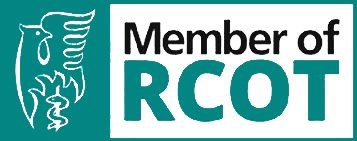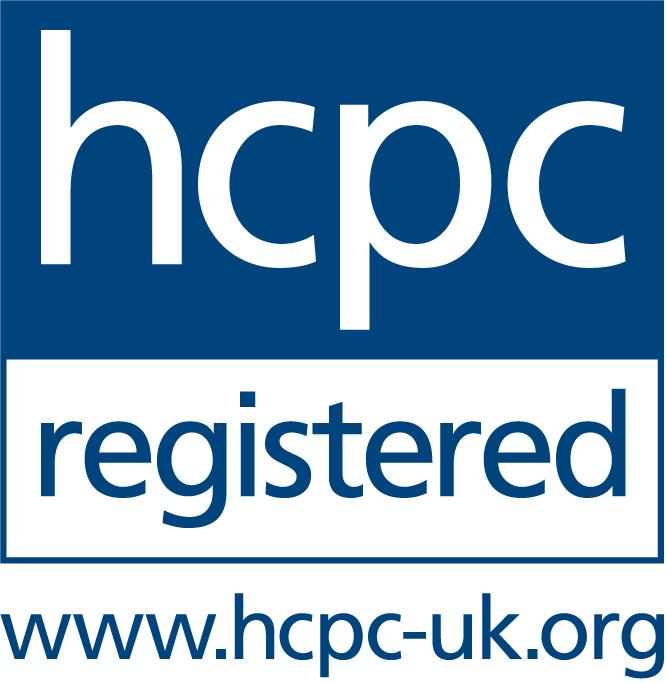Handwriting
Handwriting Assessments
Many children who are referred to Occupational Therapy from main stream schools have difficulties with handwriting. It is the Occupational Therapist’s task to assess the child’s handwriting and identify the underlying cause of the difficulties. Occupational Therapy is process oriented, while education is product-oriented. When the teacher and the therapist work together, combining medical and educational knowledge, the results are often very positive in achieving legible handwriting.
Stages of Development
The child’s stages of development and “readiness” for handwriting need to be taken into consideration. All research tends to agree that children should not be taught handwriting before they are ready. Letter formation requires the integration of visual, motor, sensory and perceptual systems and it has been concluded that most kindergarten children who are typically developing should be ready for formal handwriting instruction in the latter half of the kindergarten school year (5-6 year olds – year 1).
“The teacher is primarily responsible for handwriting instruction. The therapist’s role is to determine underlying postural, motor, sensory integrative, or perceptual deficits that might interfere with the development of legible handwriting”
“The teacher is primarily responsible for handwriting instruction. The therapist’s role is to determine underlying postural, motor, sensory integrative, or perceptual deficits that might interfere with the development of legible handwriting”
Stephens and Pratt 1989
Stephens and Pratt 1989
What is looked at?
The Occupational Therapist assesses the following:
- Visual Motor Integration (neural function transferring what is seen into motor expression)
- Fine Motor Skills (hand dominance, bilateral co-ordination, in-hand manipulation, functional pencil grip, hand, arm and shoulder strength).
- Visual Perception (discrimination between numbers, letters and words that are similar; spacing between letters; placing letters on the writing line and using margins correctly; identifying which letters have been formed completely.
- Cognition (memory; language comprehension; specific learning difficulties e.g. spellings; problem solving and reasoning).
These may all impact on handwriting so it is important to determine the underlying cause of the handwriting problem.
Correct equipment for handwriting is an important factor contributing to positive results. The child needs correct chair and table heights for good posture. The type of pen/pencil used is also influential and using a correct pencil grip may aid speed and fluidity of writing.
Additonal Resources:
Additonal Resources:
There are many handwriting programmes to assist with difficulties. The following programmes are the ones that I use and find most productive:
Handwriting Without Tears
by Jan Z. Olsen, OTR and Emily F. Knapton, OTR/L


